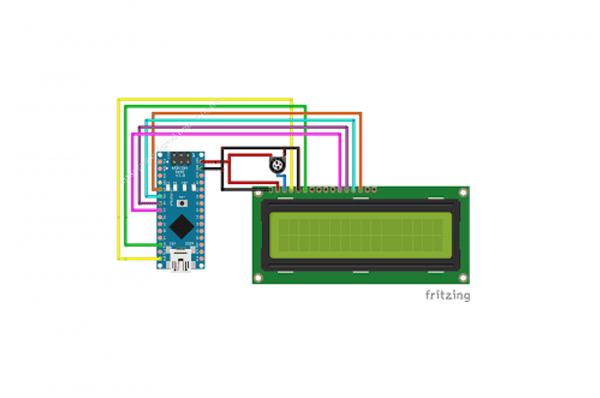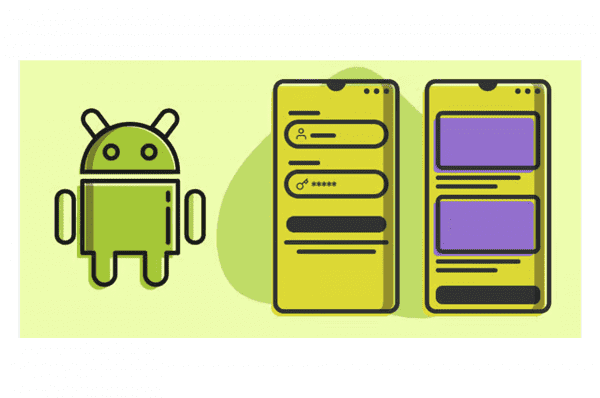Here is an example of a server program and client program for an ESP8266 to toggle its GPIO pins:
Server Program in C:
#include <ESP8266WiFi.h>
const char* ssid = "your_SSID";
const char* password = "your_PASSWORD";
WiFiServer server(80);
int ledPin = 2;
void setup() {
pinMode(ledPin, OUTPUT);
digitalWrite(ledPin, LOW);
Serial.begin(115200);
WiFi.begin(ssid, password);
while (WiFi.status() != WL_CONNECTED) {
delay(1000);
Serial.println("Connecting to WiFi...");
}
Serial.println("Connected to WiFi");
server.begin();
Serial.println("Server started");
}
void loop() {
WiFiClient client = server.available();
if (!client) {
return;
}
String request = client.readStringUntil('\r');
client.flush();
if (request.indexOf("/LED=ON") != -1) {
digitalWrite(ledPin, HIGH);
client.println("HTTP/1.1 200 OK");
client.println("Content-Type: text/html");
client.println();
client.println("<!DOCTYPE HTML>");
client.println("<html>");
client.println("<br><br><br>");
client.println("LED turned ON");
client.println("</html>");
}
else if (request.indexOf("/LED=OFF") != -1) {
digitalWrite(ledPin, LOW);
client.println("HTTP/1.1 200 OK");
client.println("Content-Type: text/html");
client.println();
client.println("<!DOCTYPE HTML>");
client.println("<html>");
client.println("<br><br><br>");
client.println("LED turned OFF");
client.println("</html>");
}
else {
client.println("HTTP/1.1 404 Not Found");
client.println("
Client program in C:
The client program is a program that runs on a separate device, such as a computer or mobile phone, and is used to send requests to the ESP8266 server. Here is an example of a client program that can be used to toggle the GPIO pins of an ESP8266:
#include <WiFi.h>
const char* ssid = "your_SSID";
const char* password = "your_PASSWORD";
WiFiClient client;
void setup() {
Serial.begin(115200);
WiFi.begin(ssid, password);
while (WiFi.status() != WL_CONNECTED) {
delay(1000);
Serial.println("Connecting to WiFi...");
}
Serial.println("Connected to WiFi");
}
void loop() {
if (client.connect("your_ESP8266_IP", 80)) {
client.println("GET /LED=ON HTTP/1.1");
client.println("Host: your_ESP8266_IP");
client.println();
delay(1000);
client.stop();
}
delay(1000);
}
This client program connects to the same WiFi network as the ESP8266 server using the same SSID and password. It then sends a GET request to the ESP8266 server with the path “/LED=ON” to turn the LED on. The ESP8266 server receives the request and turns the LED on by setting the GPIO pin to high.



